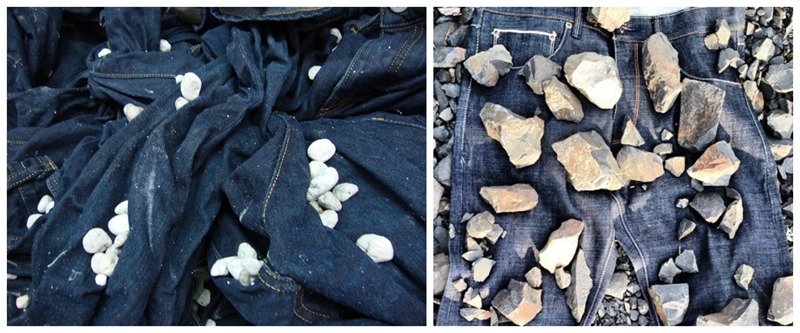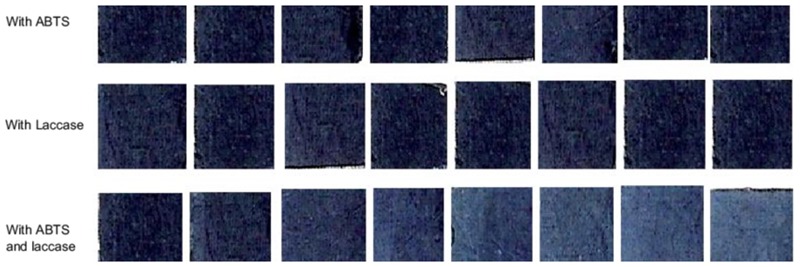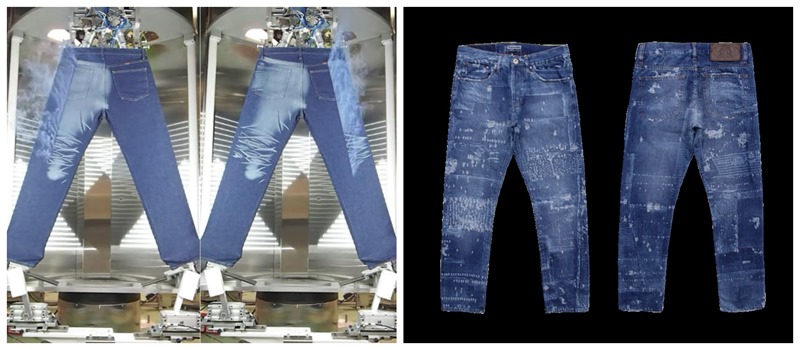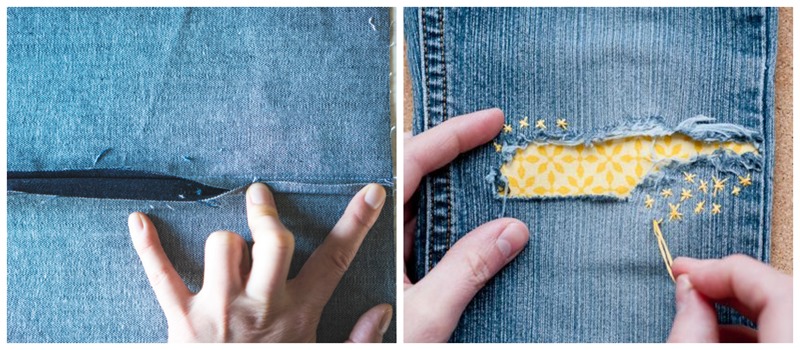The following article is an article by Tom Hawthorn , a reputed denim veteran of over 4 decades. He reminisces about his experiences and also about the changes in the washing side of denim as he sees and how it has adapted to keep current as a fashion item across generations throughout the years.
DESIZING or REGULAR WASHING
Started around 1977 – This was the first process which started the denim going through a transformation from raw hard mill denim fabric to a higher fashion garment . Desizing made the garment softer. We normally used Alpha Amylase for this process to break down the starch in the fabric. Fabric finishing did have to undergo many changes from the mills to make fabric more wash friendly as mills were still using insoluble fillers inside the fabric finishing to keep the tensile strength high to pass the factory tests. This caused white lines after washing and seconds. Seconds lost a huge margin.
STONEWASHING AND BLEACHING
Started around 1980. The process of pumice stonewashing at the beginning , presented many challenges to the washers. There were no dedicated machines for this process. Fabric was often not suitable for washing or stonewashing and everyone had the quality challenge of avoiding wash lines on the garments. Different denims, although looking the same, reacted differently to bleaching. Where the fabric folds had not washed out, wash lines were created on the finished garment. These lines were often classed as seconds or irregulars at huge cost.
INTRODUCTION OF CELLULASE ENZYMES
The laboratory concept of using enzymes to boost the effect of pumice stone washing started in the USA. It was actually patented and these enzymes were observed to increase the abrasion of denim garments, lowering the amount of stones required (sometimes stones eliminated) and allowing an increase in jeans loading into the drum for reduced costs. They were cost effective but as with all new technology they presented challenges mainly in damage and loss of tensile strength in the beginning. Time and research has improved this.
DEVELOPMENT OF CELLULASE ENZYMES around 1980’s
When it became clear that the use of cellulase enzymes in the denim stonewashing process was going to stay, this triggered a research race to improve the enzymes in making them lower cost, better effect with faster kinetics and less fabric damage. The leaders in enzyme technology supply remain in place with demands for better enzymes and lower prices. The old concept of “neutral” and “acid cellulase” is less clear as new products have been introduced.
DEVELOPMENT OF BLEACHING ENZYMES – LACCASE around 1993
Enzymes were developed for non chlorine bleaching alternative which made the bleaching process very environmentally friendly. These enzymes worked well but they had a certain “look” compared to chlorine bleaching and also were more expensive. They still have their place in the market but I believe cost has restricted their wider spread use. CATALASE Used as a peroxide scavenger.
LASERS – around 1999
This technology provides the business with the ability to respond quickly with a high consistency to the market response. More suppliers of this are taking their place in the market. They are making a good contribution to minimising the impact on the environment.
NEW CHEMICALS TO REPLACE POTASSIUM PERMANGANATE
“PP” as it is referred to in the market is a dangerous chemical to work with and has been the target of the major brands to be replaced with a more friendly chemical. These innovation chemicals are here now in the market from companies like ACTICELL GmbH. They are available to the market.
IMPLICATIONS FOR QUALITY
Working as a quality manager for a large brand, it seemed somewhat ridiculous that we had to present a quality standard for each style. The implications of WASHING threw this into another dimension. Even with the abrasion and bleaching there had to be some recognition of quality.
We had to consider:
1, Shrinkage (changed with the wash process) . Garments shrunk in washing.
2. Colour. The jeans had to look similar in shade for retail.
3. Appearance – Jeans needed to be similar looking and consistent for abrasion, damages, colour etc. .
These demands required the business to totally change in testing the fabric for shrinkage and bleach performance and grouping these rolls together to allow markers to be made with the shrinkage for that batch and also making bleach blankets of the rolls. This meant discarding the old system of matching rolls in raw mill form to washing and bleaching the rolls to make compatibility of fabric the critical factor in washing and bleaching. These were very tough times as I found myself personally leading the company with no precedent or guidance to refer to. The changes were difficult to implement.
IMPLICATIONS FOR FACTORY MANUFACTURING
From 1983 where the attitude was to make a lot of jeans and pile them high, this changed to taking the work in progress and costs of this out of the plants. The number I recall was 9 weeks from piece goods receipt to finished goods dispatch. The concept of “just in time” arrived to demand the reduction of this “DEAD” financing cost in manufacturing due to this extremely high work in progress. Fast response to the market demand was the order of the day. Smaller lots and more complexity in every department. It was hard for the high volume plants to change and contrary to their traditional thinking.
INCREASE OF HAND FINISHING
As the increase in hand abrasion finishing grew, this needed new thinking from the larger brands who had concentrated and focused on labour cost. Many of these jeans required 5 minutes per piece ( sometimes more) to sandpaper the finish to the fabric. This often meant that an operator produced only 100 pieces per 8 hour day. The ensuing chaos of trying to get a consistent balance of this DRY WORK to production was a big challenge to keep all these staff busy was a hard time. The transition less/ more DRY WORK, meant that often there were 100’s of these skilled staff doing nothing. This drove the laundries to push to get all jeans with handwork.
HIGH FASHION
Jeans are now being sold for high retail cost, where BRANDS identity could command high retail pricing. This required faster response to the market in lowering the bundle heights in sewing to reduce the work in progress. It has involved working with the fabric suppliers to get sequenced dyed washable fabric rolls goods for more predictable and consistent washing.
FABRICS
Going back to the early 80’s, denim was a 3 and 1 twill warp dyed 100% cotton weave in 14 oz/sq. Yard and sometimes heavier. After this we progressed to lighter weight fabrics for the ladies markets.
The need to continually evolve and improve and to differentiate the grandfathers jeans from the teenagers jeans has introduced more fibres than cotton to the denim fabrics. The trend has also been to go lighter weight. The serious cotton crisis where Pakistan had bad floods and India stopped cotton fibre exports around 2010, forced the fabric suppliers to bring new innovation in new fabrics to the market. Now we have more than 70% of fabric containing elastomer to improve the elastic hugging effect of the fabrics and now more lighter weight . This includes other fibres like polyester, regenerated fibres( Tencel, Rayon) ,nylons and others. The term DENIM has now been extended to include these variables perhaps to assist in marketing with the recognisable DENIM name.
The old denim definition of a warp indigo dyed 100% cotton twill, is being changed with time. The story goes on….












